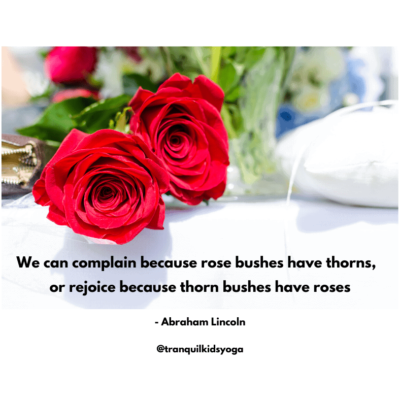Coping with COVID-19 - Boredom Busters ideas and exercise
Kids yoga and mindfulness is more important than ever right now with the uncertainties with what the future holds and for how long.
Kids and families are feeling stressed and anxiety with the disruption of our day to day. Some kids are not going to school, kids being home schooled. Parents trying to work from home, no sports, social distancing, not seeing friends, the list goes on.

Now is the perfect time to slow down and spend some quality time with the kids.
Here are a few ideas and suggestions to keep the kids busy and entertained.
1. Grow a Garden
The benefits of growing a garden are so many. Gardening reminds us of our connection to nature and calms us, it is a mindful experience.
Why is gardening good for kids and families?
Getting the kids or ourselves, out in the fresh air and start a veggie patch, herb garden, tea garden or just some fresh flowers, for outside or inside the house. Doesn’t matter if you have a big backyard or a small backyard, whether you rent or own. If you are short on space and can’t dig up the lawn – Grab some pots – Pretty much all gardens can be made up in pots – there are a variety of pots. Go into your favorite nursery store/Bunnings (remember social distancing or order online)
Gardening is great for mental health
Garden promotes relaxation and reduces stress. Promoting a sense of purpose and self confidence.The process of planting their own seeds, watching them grow into plants, preparing the grown food is also great for mental health.
Gardening is great for our health and physical exercise.
Being outside in the fresh air can help you sleep better.
Gardening can help improve hand strength, maintains mobility and flexibility, and encourages use of all motor skills through walking, reaching, bending, digging, planting seeds and taking cuttings planting, mulching, weeding and cooking, planting and weeding.
Research has shown that when kids are out in the garden digging and have a part in growing their own vegetables, it will help improve their eating habits as they are learning about nutrition by helping make the connection between the growing of the food and nutrition, the kids and family will more likely to eat the vegies/herbs.
Responsibility – It teaches your children the importance of responsibility will set them in good stead for all aspects of their life – watering, feeding, weeding,
Learn focus and patience
Creativity – Gardening is a great way to stimulate kids imaginations and encourage them to exercise their creativity, through many ways colours, variety of vegetables or herbs. Fairy gardens.
Sensory Development – Gardening engages all sorts of senses and helps children to develop and recognise them without even realising
Test the senses – By Growing herbs and roses for scent, vegetables and fruit for taste, brightly coloured foliage and flowers for sight, textured plants for touch and rustling bamboo and trees for sound.
Draw a garden map and find the treasure
Draw up a map of your garden and put an x in the treasure. This will encourage children to visualise and understand directions develop new skills and expand their knowledge about the science of growing
Gardening can be fun through activities can also incorporate science and maths, composting, weather graphing and measuring the height.
Science – Active exploration and problem solving The garden encourages inquiry as students use their senses, reasoning, and communication skills to find answers to questions Key science concepts that can be explored in the garden include organisms, cycles, basic requirements for life, plant anatomy, pollination and diversity of life.
They can engage and use skills by observing, measuring, predicting organizing and interpreting data and identifying variables.
How do plants grow, what do they need to grow? How do plants reproduce? How do seeds work? What factors can influence germination of seeds? For example how light, heat, and moisture affect germination. Which flowers attract pollinators. Observe pollinators in the garden.
Maths – Measure the growth rates of plants and display results on different types of graphs
Make predictions regarding future growth of the seedlings
Measure weight and volume of soil mix when wet and dry.
Measure volume of soil in a rectangular window box
Investigate vegetable prices in a supermarket
Track the amount of produce harvested in your garden and use the market prices to determine the value of your harvest. Put the produce of all into graphs and see which has grown most and the least.
Count the number of seeds planted and the number of seeds that sprout and calculate the germination rate
2. Go for a walk or a bike ride
Although please be responsible and take physical distancing serious while having your walk or bike round.
Some mindfulness games whilst out and about. What can you hear? What can you see? What can you feel?
3. Lets go virtual – if your child’s birthday unfortunately falls in this time of social distancing. Stay in touch by jumping on facebook or through zoom. Pick up a phone and make a phone call. Decorate the house together – Buy some, or spend a few hours getting creative and make your own decorations – Just pick a theme and have fun!
Catch up with friends and families online through facebook, zoom, phone calls or even write a letter – the kids will be so excited to get something in the mail.
